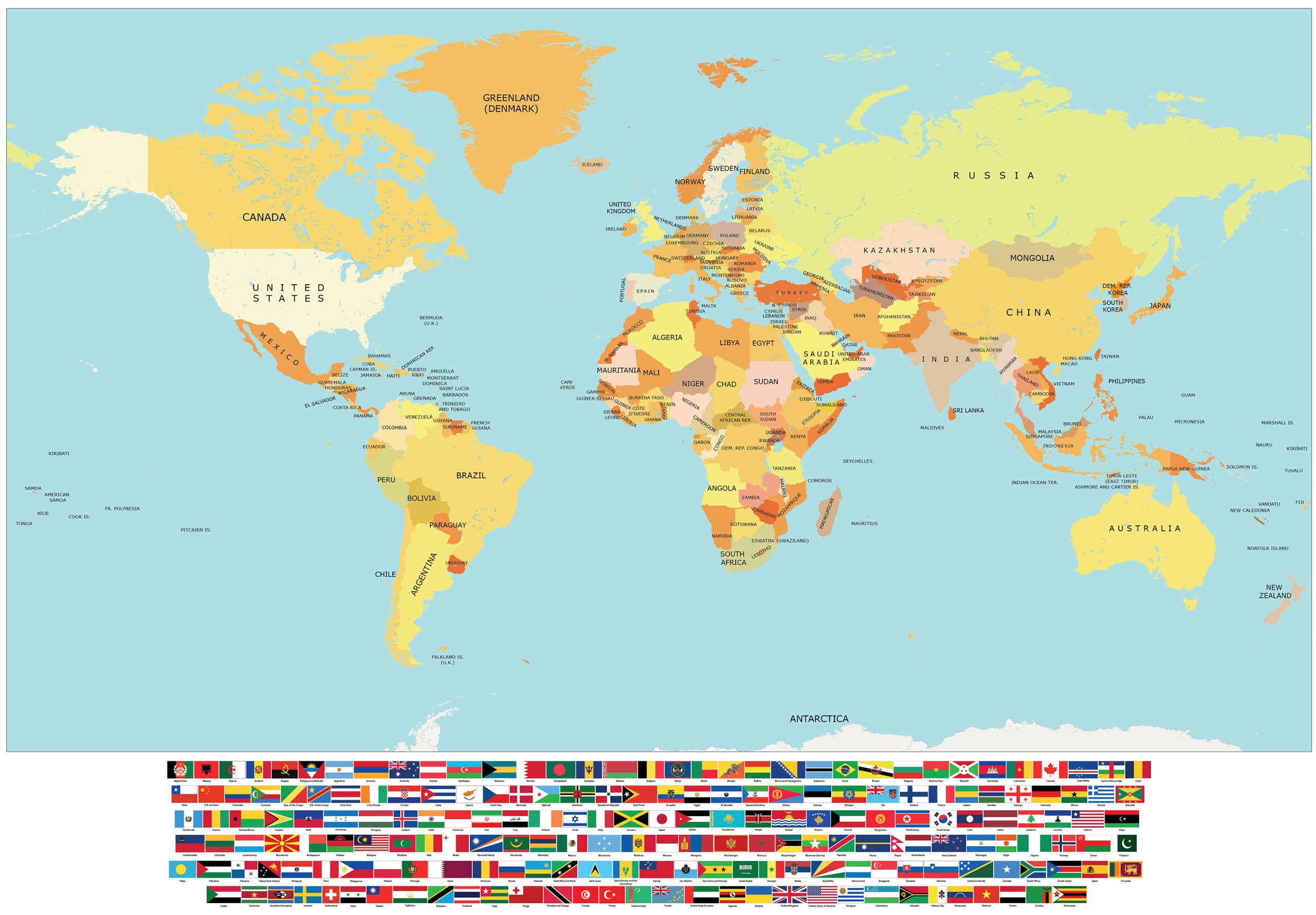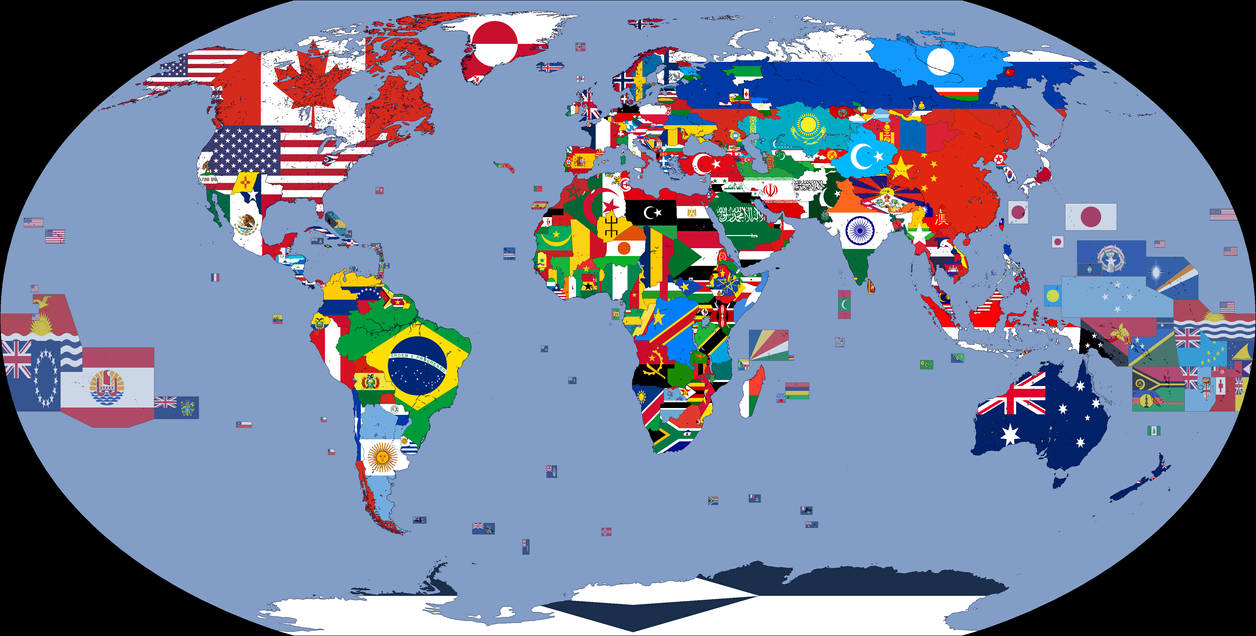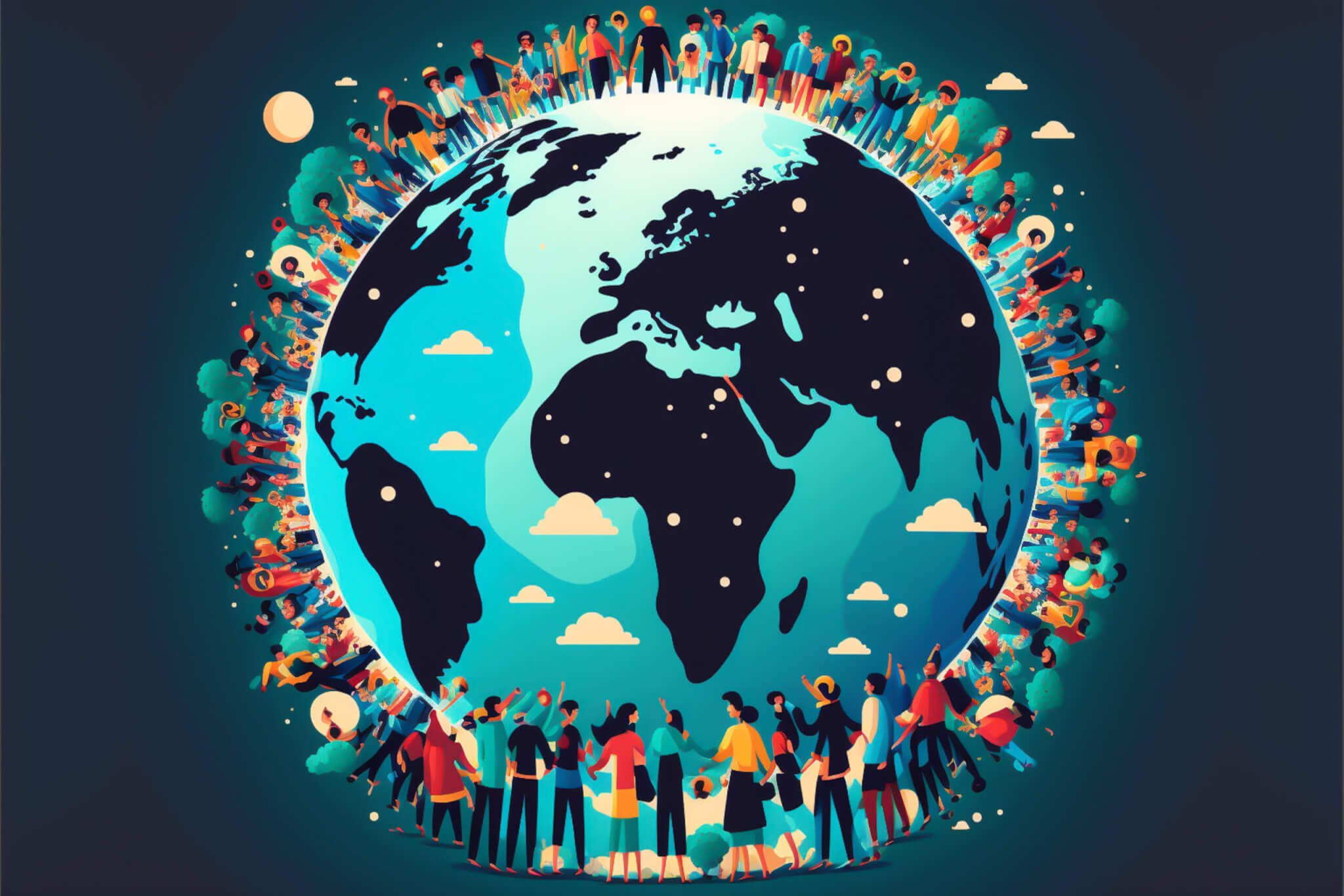Understanding The Idea Of The World's Ugliest Person: A Look Beyond Appearance
Have you ever stopped to think about what makes someone beautiful, or perhaps, what might make someone be called the "world's ugliest person"? It's a rather fascinating question, isn't it? The very idea of labeling someone this way brings up so many thoughts about how we see one another, and just how much our culture shapes those views. So, it's almost, we are drawn to these labels, whether we mean to be or not, and they really do make us consider the broader picture of human perception.
For centuries, human societies have been quite captivated by appearances, creating standards and sometimes even competitions around what is considered pleasing to the eye. Yet, the concept of "ugliness" is a bit more complex than just a simple lack of conventional good looks. It often carries with it a whole lot of cultural baggage, historical context, and even personal feelings, you know?
This article is going to take a look at the idea of the "world's ugliest person," not by pointing fingers at anyone, but by exploring the social perceptions, the historical ways people have thought about beauty, and the profound impact such labels can have. We'll explore why this phrase grabs our attention and, perhaps, challenge us to think about what truly matters when we look at someone.
Table of Contents
- The Concept of Ugliness: A Societal Lens
- Why the Phrase "World's Ugliest Person" Captures Attention
- The History of Beauty and Ugliness Standards
- Societal Perceptions and Their Impact
- Challenging the Label and Embracing True Worth
- Frequently Asked Questions About Beauty and Perception
The Concept of Ugliness: A Societal Lens
When people search for "world's ugliest person," they might be looking for a specific individual, or they might just be curious about how such a label even comes about. The truth is, beauty and its opposite are deeply subjective. What one culture finds appealing, another might not, and this has been true for a very long time. For instance, in some historical periods, a fuller figure was seen as a sign of prosperity and beauty, whereas today, a more slender physique is often celebrated. It's rather interesting how these things change, isn't it?
The idea of "ugliness" isn't a fixed, scientific fact; it's a social construct, shaped by everything from media influences to local traditions. It's quite a bit like how news outlets, say like those you might view on cnn.com for global stories, present different perspectives on events around the world. Just as a news report frames a story, society frames what it considers beautiful or not. This framing, you know, can really affect how people feel about themselves and others.
Moreover, the very act of labeling someone as the "ugliest" can be incredibly hurtful and harmful. It reduces a person to their outward appearance, completely ignoring their personality, their kindness, their intelligence, or any of the countless other qualities that make them who they are. This focus on superficial traits can, in a way, detract from a person's actual value and worth.
Why the Phrase "World's Ugliest Person" Captures Attention
The phrase "world's ugliest person" has a certain pull, doesn't it? It's a bit sensational, and it taps into a deep human curiosity about extremes. People are often drawn to what is unusual, what stands out, or what challenges their typical expectations. This kind of curiosity is, in some respects, similar to why people follow breaking news or dramatic events, like a massive earthquake off Russia's far eastern coast or a significant political investigation into trading practices. There's a human tendency to look at the edges of experience.
Sometimes, the interest might come from a place of genuine confusion about beauty standards, or a desire to understand why certain features are considered less appealing. Other times, it might simply be morbid curiosity, or a wish to feel better about one's own appearance by comparison. Whatever the reason, this search term highlights a societal preoccupation with physical appearance and the judgments that often come with it. It's a rather telling sign of our collective focus, you know?
It's important to recognize that while such phrases might generate clicks or spark conversations, they also carry a heavy weight. They can perpetuate harmful stereotypes and contribute to a culture where appearance is given undue importance. We really ought to be more mindful of the words we use and the impact they have on individuals and on society as a whole. This is why, arguably, focusing on the broader discussion of beauty and perception is much more valuable than seeking out a specific individual.
The History of Beauty and Ugliness Standards
The definitions of beauty and, by extension, ugliness, have changed dramatically throughout history and across different cultures. What was once considered a sign of beauty in ancient Egypt, for example, might be quite different from the ideals held in Renaissance Europe or modern-day Asia. This shifting nature shows us that these concepts are not set in stone, but are rather fluid and influenced by a whole host of factors, including art, religion, social status, and even the economy. It's a rather fascinating journey through time, really.
For instance, during the Victorian era, a pale complexion and delicate features were highly prized, often associated with gentility and refinement. Yet, if you look at ancient Greek sculptures, you'll see a celebration of athletic, muscular forms, which reflected their emphasis on physical prowess and balance. In some African cultures, scarification or specific body modifications have been seen as marks of beauty, status, or tribal identity for centuries. These examples illustrate, pretty clearly, that there's no single, universal standard for what is considered beautiful or, conversely, what is deemed ugly.
Understanding this historical fluidity helps us see that the idea of a "world's ugliest person" is fundamentally flawed. It tries to apply a fixed, global standard to something that is inherently diverse and culturally specific. It's almost like trying to say one type of weather is universally "best" when different climates suit different needs and preferences. This perspective encourages us to look beyond rigid definitions and appreciate the vast spectrum of human appearance.
Societal Perceptions of Beauty and Ugliness: A Conceptual Table
Instead of focusing on an individual, let's consider how different eras and cultures have conceptualized "ugliness" or what was considered outside the norm. This table looks at broad societal ideas rather than specific people, as assigning such a label to a real person would be deeply inappropriate and harmful.
| Aspect of Perception | Historical/Cultural Context | Conceptual "Ugliness" (What was deemed undesirable) |
|---|---|---|
| Physical Features | Ancient Greece (Classical Ideal) | Lack of symmetry, disproportionate body parts, perceived physical weakness. |
| Social Status/Health | Medieval Europe (Feudal Society) | Signs of disease, poverty, or physical deformities (sometimes linked to moral failings). |
| Body Shape | Victorian Era (19th Century) | Overweight figures (for women, often seen as lacking delicacy), overly muscular builds (for women). |
| Facial Structure | Various Asian Cultures (Historical) | Features considered overly harsh or lacking "softness" or balance, according to specific aesthetic traditions. |
| Skin Tone | Colonial Eras (Global) | Darker skin tones in many Western-dominated societies (a legacy of racial prejudice). |
| Modern Media Influence | 20th-21st Century (Globalized Culture) | Features that deviate from heavily Photoshopped or digitally altered celebrity images, perceived imperfections. |
This table really highlights that what is considered "ugly" is often a reflection of societal values, prejudices, and the prevailing trends of the time. It's not, you know, an inherent quality of a person. These perceptions are often, in a way, very much tied to power structures and who gets to define the "ideal."
Societal Perceptions and Their Impact
The way society views beauty and ugliness has a very real impact on people's lives. Individuals who don't fit into conventional beauty standards often face discrimination, social exclusion, and even psychological distress. This can lead to lower self-esteem, anxiety, and depression. It's a rather heavy burden to carry, to be honest.
Think about how media, for example, portrays beauty. Magazines, movies, and social media platforms often present a very narrow, often unrealistic, ideal of what is considered attractive. This constant bombardment of highly curated images can make people feel inadequate if they don't measure up. This is similar to how news about global politics, or perhaps a tsunami advisory, can create a sense of unease or pressure, even if it doesn't directly affect you. The pervasive nature of these images is, like, pretty powerful.
The pressure to conform to these ideals can lead to people spending vast amounts of money and time on cosmetic procedures, fashion, and beauty products, all in an effort to achieve an appearance that society deems acceptable. This cycle, you know, can be pretty exhausting and, for many, quite unattainable. It's a bit of a hamster wheel, really, constantly chasing an external validation that might never fully satisfy.
Challenging the Label and Embracing True Worth
Instead of searching for the "world's ugliest person," a more valuable pursuit is to challenge the very notion of such a label. We can start by recognizing that every person possesses unique qualities that go far beyond their physical appearance. Kindness, intelligence, humor, resilience, empathy – these are the attributes that truly define a person's worth and contribute to the richness of human connection. It's almost, these inner qualities are what truly shine, you know?
Promoting body positivity and self-acceptance is crucial. This means encouraging people to appreciate their bodies for what they can do, rather than solely for how they look. It also involves teaching younger generations that beauty comes in countless forms and that diversity in appearance is something to celebrate, not to judge. This shift in perspective can be incredibly freeing, allowing individuals to live more authentically and happily.
We can also make a conscious effort to broaden our own definitions of beauty. By exposing ourselves to different cultures, art forms, and perspectives, we can expand our understanding of what is considered aesthetically pleasing. This practice helps to dismantle the rigid, often Eurocentric, beauty standards that have dominated for so long. It's a rather simple step, yet it can have a profound impact on how we perceive the world and the people in it. To learn more about how perceptions shape our world, you could look into psychological studies on perception, which offer deep insights.
Ultimately, the conversation around the "world's ugliest person" should lead us to a deeper reflection on our own biases and the societal pressures we all face. It should encourage us to cultivate empathy and to look beyond the surface, recognizing the inherent dignity and value in every individual. We can, in a way, choose to be kinder, both to ourselves and to others, by moving past superficial judgments. Learn more about human perception and societal norms on our site, and link to this page for further reading on beauty standards.
Frequently Asked Questions About Beauty and Perception
What makes something beautiful?
Beauty is really subjective, you know? It's often a mix of cultural influences, personal experiences, and even evolutionary preferences. What one person finds beautiful, another might not, and this can change over time. So, it's not a fixed thing at all, rather it's quite fluid.
Can someone truly be the "ugliest person in the world"?
No, not really. The idea of a "world's ugliest person" is a bit of a social construct, and it's also a harmful label. Beauty standards vary so much across cultures and even from person to person, so there's no objective way to declare one person the "ugliest." It's more about perception than a fixed reality.
How do media and society influence our perception of beauty?
Media and society play a very big role, honestly. They constantly show us certain ideals through advertisements, movies, and social media. This can, in a way, create a very narrow idea of what's considered attractive, making people feel pressure to conform to those specific looks. It's a pretty powerful influence, you know?

Map of the World with Flags - GIS Geography

Map Of The World 2025 - Willa Ulrica

Humanity's superiority complex is killing the Earth, new book claims